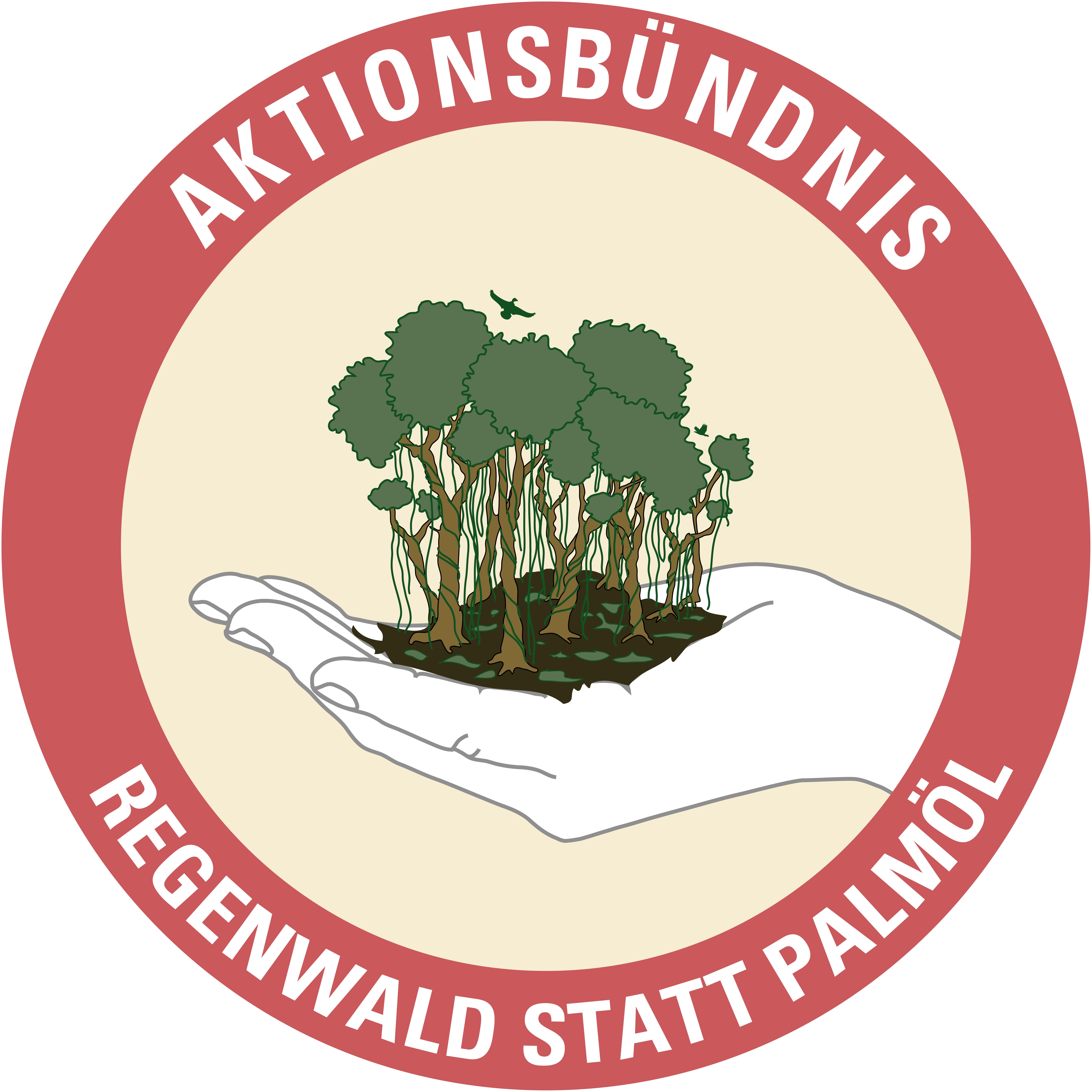Nusa Dua’s Burdened Past
Alter-Eco Issue 3 Offsetting Omissions, December 2007
UNFCCC COP-13/MOP-3
Marianne Klute, Watch Indonesia!
What a miraculous place! The beauty and luxury of Bali´s Nusa Dua peninsula has impressed many delegates at the UN Climate Conference. With its five to seven star hotels, flamboyant tropical gardens, and a white beach set on the Indian Ocean, it is one of the most luxurious destinations of the world.
But Nusa Dua has not always been at it is today. Only one generation ago, this area in the South of Bali, with its two peninsular islets, was known as Bualu. The coastal area of Bualu was partly covered with mangrove forest. The inhabitants barely survived by selling coconuts and salt, living a hard life on the unfertile soil.
When construction workers destroyed most of Bualu´s mangroves in the late seventies and eighties, a few ecologists protested – but in vain. Bualu was considered unproductive land, out of kilter with the development policies of the Suharto regime.
The concept of a self-contained resort, designed for tourists who would not need to bother with ordinary Balinese people, was easily achieved because, according to Indonesian law, the state is the sovereign over land, not the people.
Maybe the Bualu inhabitants would have easily agreed to a change in land use: Maybe they would have happily accepted leaving their modest life as fishers and coconut farmers. Instead, they were forced out by the mobile brigades of the Indonesian police.
The peaceful old Hindu temple in the backyard of the Hyatt Hotel, where non-governmental organizations today hold their side events, is the only reminder of Nusa Dua´s burdened past. ´This temple belonged to our village`, one former inhabitant told Alter-Eco. ´We still come here to worship. But our old village is gone.`
In 1979, the villagers were surprised by the arrival of the mobile brigades. They were forced to leave their coconut gardens and their village. No one dared to resist. Bualu was renamed ´Nusa Dua` (which means ´Two Islands`) after the two peninsular islets. The former Bualu farmers and fishers struggled to survive. Some of them moved to other places, while some now make a living locally in the tourist industry or as taxi drivers.
Beautiful Nusa Dua has a sad heritage, but it is no exception amongst numerous development and industrial projects. The destruction of mangrove forests and other eco-systems, as well as forced replacement of inhabitants in the name of development, has continued in post-Suharto-Indonesia.
If you would like to contact people for further information about any of the articles in Alter-Eco, contact:
Janet Redman – janet@ips-dc.org –
(New World Bank Find Triggers REDD Alert)Marianne Klute – klute@watchindonesia.org –
(Nusa Dua’s Burdened Past, Watch Indonesia!)Jutta Kill – jutta@fern.org –
(Taking a Chainsaw to the World while Promising to Protect Forests)Kevin Smith – Kevin@carbontradewatch.org
(Carbon Financing for Ocean Dumping)Ronnie Hall – ronnihall@googlemail.com –
(Making Money Grow on Trees will not Protect Forests)Anne Peterman – globalecology@gmavt.net –
(Fuel from Trees Risks Opening Pandora?s Box)For more photos of the climate protest in Bali, or of the devastating impacts of the carbon market on communities around the world, contact Tamra Gilbertson, tamra@tni.org –
Who We Are:
Alter-ECO is published by a group of non-governmental organizations, Indigenous Peoples Organizations and social movements at the UN Framework Convention on Climate Change COP-13, who have come together to make a unified call in support of real, relevant, effective and human rights-based solutions to climate change.The third issue of Alter-Eco, the climate justice newsletter of the Bali climate conference, is now online. It can be downloaded from:
http://www.tni.org/archives/altereco/altereco3.pdf







